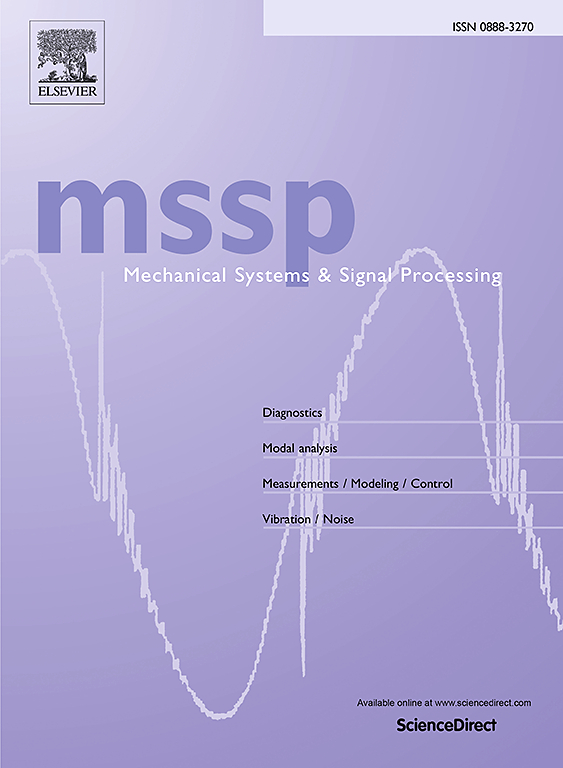基于退化分布、传输健康指标和整合内存稳定LSTM的剩余使用寿命预测
IF 8.9
1区 工程技术
Q1 ENGINEERING, MECHANICAL
引用次数: 0
摘要
准确预测剩余使用寿命(RUL)对于防止工业机械的意外故障至关重要。这主要涉及构建健康指标(HI)以获取退化信息以及建立HI与RUL之间的关系。然而,以往的方法大多需要复杂的模型结构或丰富的领域知识,不适用于具有可变操作条件的实际工业条件。为了解决这一挑战,提出了一种基于退化分布传输健康状况指标(DDTHI)和整合内存稳定LSTM (CMsLSTM)的新型RUL预测框架。首先,提出了一种不需要先验领域知识的退化数据分布传输矩阵来表征退化数据分布之间的转换过程。然后,通过最小化配送运输成本来构建当前退化时间的HI。为了简化预测结构,同时保持退化信息的保留能力,通过优化神经元内部结构和重新学习不同时间点之间的关系,设计了一个巩固记忆稳定的LSTM。它可以进一步跨时间尺度存储历史知识,并为RUL预测提供更多信息。最后,通过热连轧燃烧风机的实际电机轴承数据集和公共轴承数据集验证了该方法的有效性。本文章由计算机程序翻译,如有差异,请以英文原文为准。
Remaining useful life prediction by degradation distribution transport health indicator and consolidated memory stabilized LSTM
Accurate prediction of the remaining useful life (RUL) is of paramount importance for preventing unexpected failures in industrial machinery. This primarily involves the construction of health indicator (HI) to capture degradation information and the establishment of relationships between HI and RUL. However, most previous methods which require complex model structures or rich domain knowledge are not suitable for real industrial conditions with variable operating conditions. To address this challenge, a novel RUL prediction framework is proposed based on a degradation distribution transport health indicator (DDTHI) and a consolidated memory stabilized LSTM (CMsLSTM). First, a new degradation data distribution transport matrix is proposed, requiring no prior domain knowledge, to characterize the transformation process between degradation data distributions. Then, the HI at the current degradation time is constructed by minimizing the distribution transport cost. To streamline the prognostic architecture while preserving degradation information retention capability, a consolidated memory stabilized LSTM is designed via optimizing the internal structure of neurons and relearning the relationship between different time points. It can further store historical knowledge across time scales and provide more information for the RUL prediction. Finally, the effectiveness of the proposed method is verified by a real motor bearing dataset of a combustion fan in a hot strip mill and a public bearing dataset.
求助全文
通过发布文献求助,成功后即可免费获取论文全文。
去求助
来源期刊

Mechanical Systems and Signal Processing
工程技术-工程:机械
CiteScore
14.80
自引率
13.10%
发文量
1183
审稿时长
5.4 months
期刊介绍:
Journal Name: Mechanical Systems and Signal Processing (MSSP)
Interdisciplinary Focus:
Mechanical, Aerospace, and Civil Engineering
Purpose:Reporting scientific advancements of the highest quality
Arising from new techniques in sensing, instrumentation, signal processing, modelling, and control of dynamic systems
 求助内容:
求助内容: 应助结果提醒方式:
应助结果提醒方式:


